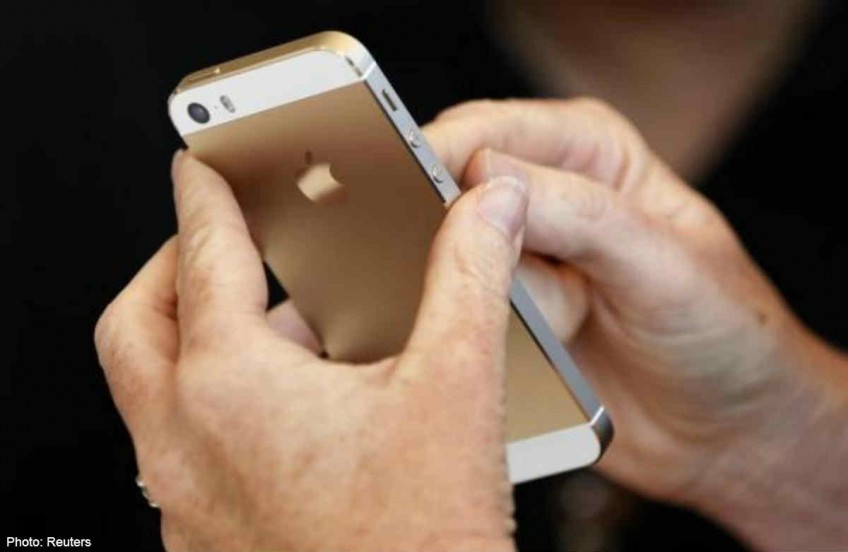Apple revenue lags Street's view despite strong China growth

Apple Inc posted a smaller-than-expected 6 percent rise in quarterly revenue on Tuesday, but revenue surged 28 percent in greater China despite stiff competition in its third-largest market.
It sold 35.2 million iPhones in the June quarter, a rise of about 13 percent that was in line with analysts' projections, helped by a strong performance in an Asian market considered crucial to Apple's longer-term growth prospects.
Chief Executive Tim Cook told analysts on a conference call that Apple's Chinese performance was "honestly surprising." Unit iPhone sales jumped about 48 percent and Mac computer sales rose 39 percent in the June quarter, Chief Financial Officer Luca Maestri said in an interview.
Lower-cost phones sold there by up-and-coming rivals such as Xiaomi appeared to be grabbing market share mainly from other companies that rely on Google's Android software, he added.
This month, Samsung Electronics Co Ltd estimated April-June operating profit far below most analysts' forecasts, as its Galaxy S5 sold more slowly than expected in the face of severe competition.
"We have a really good runway in front of us with China Mobile," Maestri said, referring to Apple's main carrier partner in the world's No. 2 economy. "Given our numbers in China, it would seem their success is coming from other Android devices."
TAPERING
Apple iPhone sales tail off in the quarters before a new smartphone launch, as potential buyers hold off. Maestri said the company had taken the usual lull into account in its projections for the September quarter.
Despite a surprisingly robust Chinese market, Apple continues to struggle in the more saturated, developed regions of the United States and Europe, its two largest markets.
It forecast revenue of $37 billion (S$45.87 billion) to $40 billion this quarter, weak compared with Wall Street's outlook for $40 billion or more. But whether Apple can again produce a revolutionary new product, something it has not done since the iPad in 2010, remains the central question for investors.
Many expect Apple to make a play for the wearable device market with a smart watch, dubbed iWatch.
Analysts also expect the company to introduce two iPhone versions this fall, including a 5.5-inch model that thrusts Apple into the market for larger-sized phones that rival Samsung helped popularize.
The iPhone maker, which derives most of its business from the high-end device, reported sales of $37.4 billion in its fiscal third quarter ended June, falling short of Wall Street's expectations for about $38 billion.
Sales of iPads, which like smartphones are coming under growing pressure from Android rivals, at 13.3 million fell a little short of analysts' projections for more than 14 million.
Gross margin, however, was better than expected at 39.4 percent, up from 36.9 percent a year ago, primarily due to cheaper product costs.
Net income jumped 12.2 percent to $7.75 billion, or $1.28 per share. That beat expectations for $1.23 and was its best quarterly growth in EPS in seven quarters.
Apple shares slipped 0.8 percent to $94 after-hours.